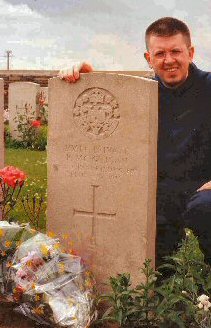History
Ballymoyer House: National Trust
The Ballymoyer House Demesne Was Extensive and Ornate
… Abbey Newry History …
Book of Armagh
Peter McGuigan/Unknown Soldier
Like many, Peter pretended to be older than his years – he was just fifteen and not eligible for military service – and the Army was happy to play along with this. It happened again in WW2, my own uncle being one such boy soldier then. He was injured and discharged with a decoration. Young Peter in the First World War, like many others, was not so lucky.
Dan Collins
Cormac Keenan/Johnson of The Fews
‘Cormac Keenan was heads’ man for Johnston of the Fews [that Priest, Tory and Raparee hunter, of whom the famous couplet was written,
Housing in Newry
The social and housing conditions of Newry two generations ago could scarcely stand in greater contrast with those conditions of today.
Structure of the Universe
Imagine standing on Warrenpoint beach looking towards Greenore. You may dip your toe in the water but from this experience alone you must deduce – without travelling on or over the sea – the nature of water, and of sea-water, of seas and oceans and currents, their total volume and extent, their composition, what plants, animals and inanimate objects are found in the sea, and the nature of the sea-bed.
Francis Sheey-Skeffington
In 1913 there was a major strike in Dublin as James Larkin (whose family had come from Killeavy and Burren) tried to assert workers’ rights to be members of trade unions. Strikers were attacked by police and they reacted by forming the Irish Citizens Army – intended merely to protect strikers from RIC attacks.
It may have been somewhat na
During 1914 as the Irish Citizens Army became more overtly military, he resigned his position.
Despite this, Francis was to be brutally and summarily executed by the British less than two years later. Skeffington was a journalist (his father was a doctor in Warrenpoint). He was also a well-known champion of the poor and oppressed. He was a tee-totaller, a vegetarian, a champion of womens’ rights, a socialist and above all, a committed pacifist. James Joyce, the greatest Irish novelist of his time, complimented Skeffington as ‘the most intelligent person I met while studying at University College Dublin.’
On Tuesday evening April 25 1916 in the aftermath of Rising skirmishes, he went into the city to help the wounded of both sides and to dissuade people from looting. Despite this he was arrested by the British at Portabello Bridge and used as a human shield by a British Army raiding party. He witnessed the shooting dead of an unarmed youth by the raiding party commander Bowen-Colthurst.
Skeffington was held overnight and taken out the following morning, without trial or court-martial, and along with fellow journalists Thomas Dickons and Patrick McIntyre, shot dead against a wall. In an attempt to find some justification for what he had done, Bowen-Colthurst himself led a raid of Skeffington’s home in a vain search for incriminating evidence against him.
The case became a cause celebr






